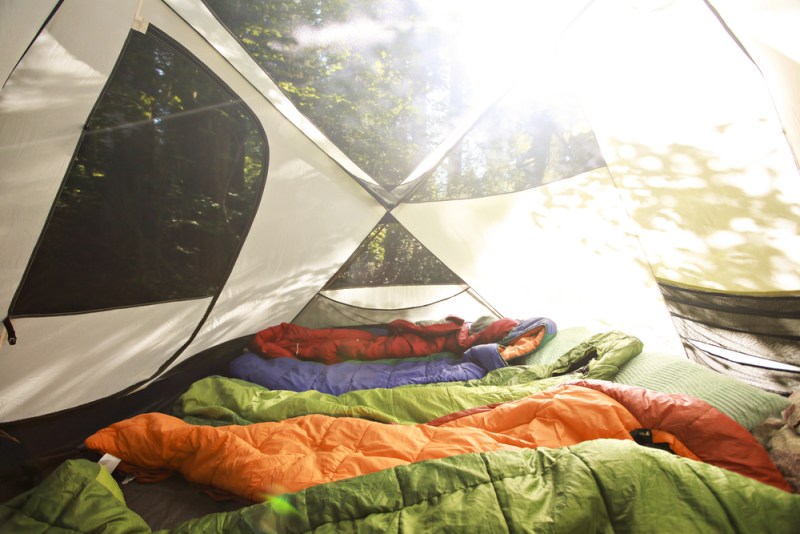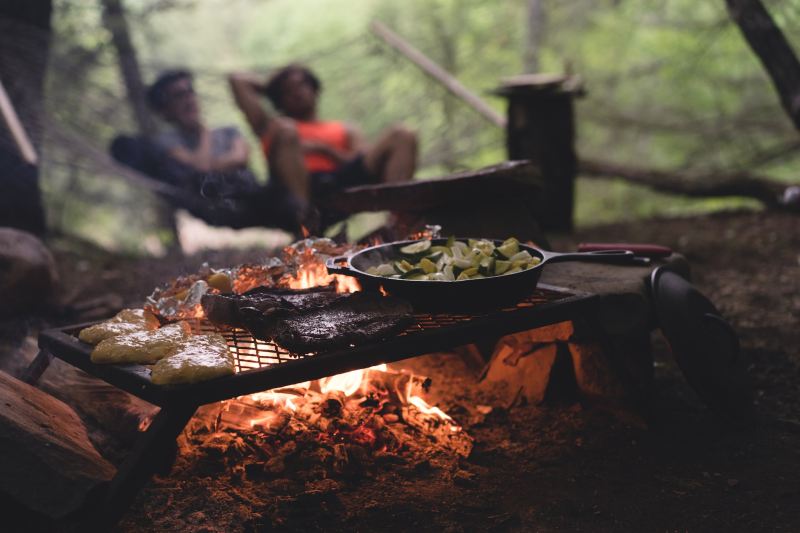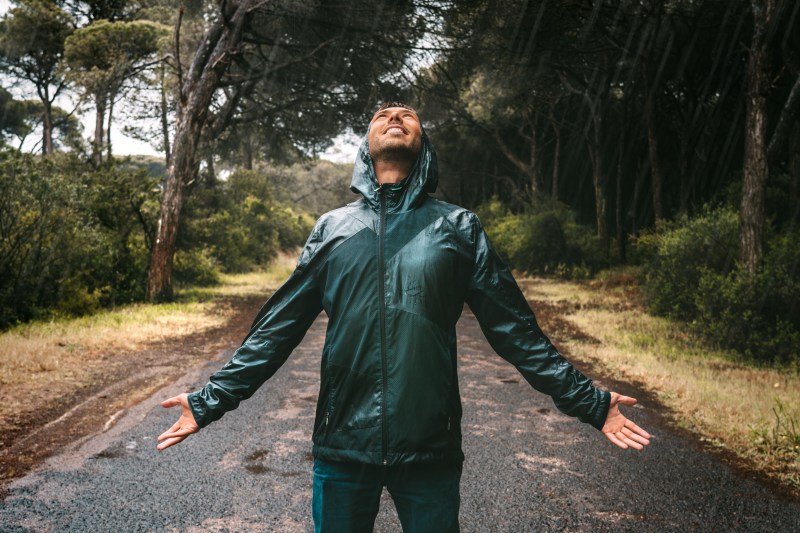Most people put their camping gear away as soon as the leaves start turning color. However, for true adventurers, fall is the perfect time to get out into the wild. Not only is this time of year stunning on every level, but you also won’t have to bathe in bug spray. Sure, it’s going to be a bit chilly, but there are ways to prepare for the cold that will turn your trip into the adventure of your dreams.
In this guide, we’ll explore why fall is such a rewarding time for camping and how to prepare for the cooler weather to make the best of your fall trips.
How to camp during the fall

If you were to open up your phone and search for “the best sites for fall camping near me” you would get hundreds of people’s opinions on what makes a great site for fall
Do you want an open campground where you can stargaze? Perhaps you want an enclosed woodland that you can shelter in and make yourself a survivalist retreat or a raised area with views over forests and mountains. Whatever your escape, there are plenty of ways to find out the best camping spots for fall, from internet searches, local outfitters, or guidebooks.
That said, there are a few tips that will be universal, no matter where you decide to go. In fall, it’s even more important to find higher and drier ground since rivers swell quickly and pools fill with excess rainfall. Choose a flat portion of ground to pitch your tent, and make sure that the ground is firm.
Find some natural shelter where possible, and remember that cool nights down low can hit freezing up higher. Keep in mind that camping at altitude in the fall is serious business, and it’s often best to hit the heights during the day and retreat to lower levels overnight. Once you’ve figured that part out, the rest is pretty simple.
Get your sleep system right

Nearly every fall camping tip revolves around staying warm, and at no time is that more important than when you’re trying to sleep. Your
Your summer sleeping bag with a temperature rating of 30°+ is unlikely to keep you warm in the fall. Even a three-season sleeping bag may not be enough if you sleep particularly cold, but the addition of an insulated sleeping bag liner can make all the difference. Despite popular belief, you are allowed to wear clothes in your sleeping bag too. A set of dry thermal merino wool underwear is the best option if you want a truly cozy night in camp. Don’t forget to put a hat on, too.
Layer up

That merino wool underwear has more uses than just for sleeping. Layers are an essential part of staying comfortable around camp in the fall. Temperatures can still be warm during the day, but often drop quickly at night. Having the right layers to add will help to keep you warm and stop you from having to perform a full costume change in the cold just to get warm.
Wicking layers that keep your body dry will prevent your sweat from sitting against your skin and cooling down as the temperature drops. It’s important to focus on keeping your core insulated, as this helps to keep the blood flowing around your body. But don’t forget to add warm gloves and a beanie, as well as a few pairs of merino wool socks for those extremities, too.
Eat well

Fall isn’t the time to skimp on food. Staying warm is a full-time job for your body and requires a lot of extra calories. The best thing you can do for yourself is eat proper camping meals, as this will provide your body with the energy to stay warm, and hot food will start to heat you from the inside. Even a cup of coffee goes a long way in the morning to keeping you warm.
With so much extra time in camp in the fall, you have plenty of opportunities to get creative with your camp cooking. Try out new techniques, or cook on an open fire rather than a gas stove.
Prepare for rain

Even if you check the forecast and pick the driest-looking day, chances are you’re going to get rained on at some point, so be prepared for camping in the rain. Fall is a good time to re-waterproof your tent — better to re-waterproof early than get drenched later. It’s also a good idea to get yourself a tarp and get familiar with how to set up different tarp shelters. You can add extra reinforcement to your tent, create a vestibule area, or just set up a tarp for a kitchen and cooking shelter.
When the rain starts to fall, you may retreat under your tarp or into your tent. For these rainy days, it’s great to have a few indoor activities on hand, like board games, books, or a few episodes of your favorite series downloaded onto your phone. And don’t forget to bring extra charging blocks or an off-grid power block to keep your electronics powered up.
Bring a survival kit

Things that could really ruin a camping trip are injuries, sickness, getting lost on hikes, and more, so packing a survival kit is a priority for your fall
Choose a container, such as a small backpack or duffel bag, and make sure it’s durable and waterproof. Next, add these essentials:
- Navigation tools (compass and map)
- Headlamp or flashlight
- Sun protection (sunglasses, hat, and sunscreen — fall still brings sunny days)
- First-aid kit
- Knife or multitool
- Toilet paper (can double as a trail marker)
- Firestarter
- Signaling devices (whistle or mirror)
- Bandana (can also work as a bandage or flag)
- Water purification tablets
- Duct tape
- Sewing kit
- Emergency blanket
After putting together your survival kit, label it with your name, contact information, and the date you created it. Store the kit in a safe place where you can easily access it, such as your car or home.
Here are some additional tips regarding your survival kit:
- Make sure all the items are in good condition and working properly.
- Replace any items that expire or get damaged.
- Test your kit regularly to ensure you know how to use all the items.
- Share your kit with your camping buddies, so everyone is prepared in case of an emergency.
Make a backup plan

Fall weather can be unpredictable, so it’s good to have a backup plan if Mother Nature decides to make things rough. It doesn’t need to be elaborate, but you can research the area to find backup accommodations like hotels or lodges if tent camping becomes impossible. Also, make sure to have extra cash on hand so you can eat at a restaurant instead of trying to cook and eat in cold, rainy weather. You can also use the cash to pay for a room to spend a night in a warm, dry bed.
Fall camping is supposed to be fun, but if the weather doesn’t cooperate, don’t be afraid to change your plans. You can always camp another time when the weather is better.




